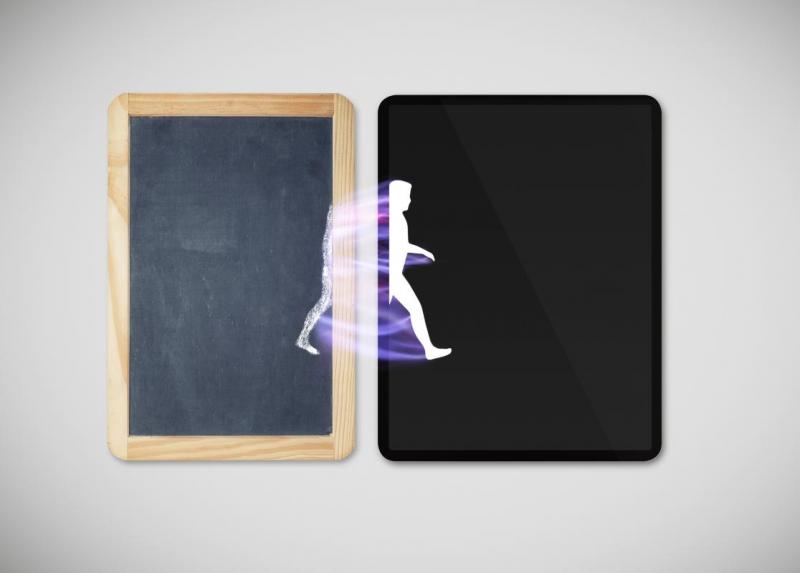
Speculating on how COVID-19 will shape the future of higher education, Mousumi Mukherjee, an Associate Professor and Deputy Director for the International Institute for Higher Education Research and Capacity Building, asks, “When we have failed to build respectful and inclusive on-campus teaching and learning environments to build societies, how can we do it online?”
The challenges educational institutions are currently forced to grapple with illuminate existing difficulties that arise from stark disparities. Consequently, Mukherjee emphasizes that solely relying on digital alternatives to resolve the current educational crisis is inadequate. However, educators and scholars speculate on whether the recent turn to ed-tech platforms represents a “watershed moment,” foreshadowing a long-term educational innovation, or whether it functions as an unsustainable stopgap to long unaddressed issues.
Regardless of what the future holds, institutions and schools struggle to find suitable and equitable solutions to manage the present crisis. Below, I provide an overview of crowdsourced resources that educational technology platforms, strategies, and resources that higher education institutions have adopted in the transition to online education and distance learning.
Crowdsourced Resources
- “Remote Teaching Resources for Business Continuity“: A collection of links to resource lists posted on U.S. higher education institution websites. The list was compiled at DePaul University’s Center for Teaching and Learning.
- “Corporate Resources for Higher Ed Going Online During COVID-19”: A collection of corporations and services offering discounts and supporting higher-ed institutions during the pandemic.
- “Keep Teaching: Resources for Higher Ed”: A community/forum for higher-education professionals to exchange resources and ideas.
- “SUNY Resources”: A list with links to instructional and resource guides for online teaching and learning.
- “Higher-Ed Guidance During COVID-19: Teaching, Learning & Student Support”: A resource hub created by Laura Pasquini as higher ed professionals prepare for online teaching, learning, and student support.
Equity Strategies for Online Learning
As teaching moves online, higher-education institutions are struggling to address inequities that have long-existed. Beyond issues of educational and digital inequity, disparities in access to housing and food stability have also been further exacerbated by recent transitions to online learning. Moreover, students in need of disability support services have been particularly overlooked. While nowhere need adequate in resolving these problems, below, I outline several broad considerations in the endeavor to ensure more equitable learning during the pandemic.
- Ensuring internet connectivity and digital equity
- Redesign assessment standards/expectations
- Prepare students and their families for the transition and the new responsibilities that come with it
- Choose more “mobile-friendly” tools/tools that can be accessed offline
- Do not attempt to replicate classroom experience
- Allow for asynchronous learning
- Partner with community-based organizations
- Emphasize project-based learning
- Create networks of mutual support